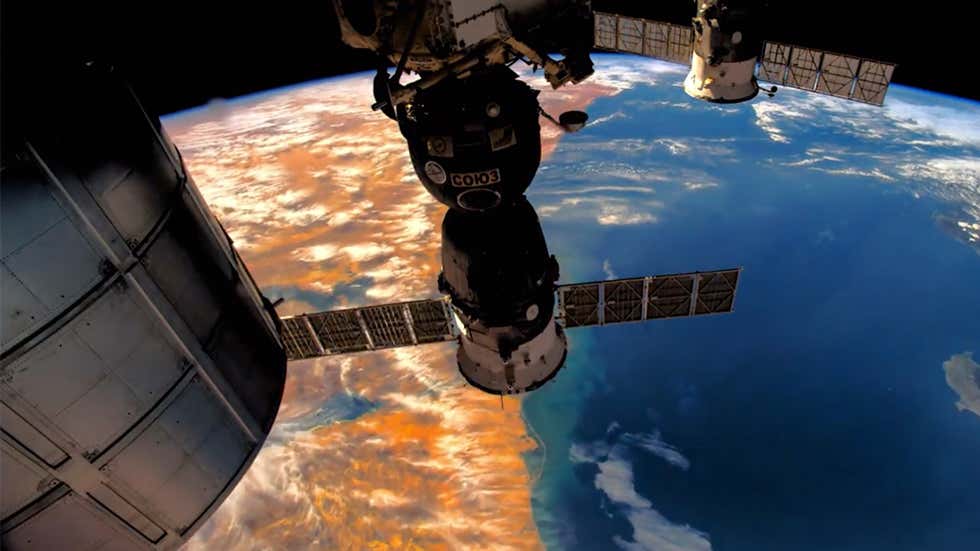
River Ganga Turns Green in #Varanasi; Experts Suggest Algae Could be the Reason
weather.com/en-IN/india/en…
(📸: IANS)
weather.com/en-IN/india/en…
(📸: IANS)

It has been a few days since the colour of the #GangaRiver in #Varanasi turned green. The change in the colour of the water has become a major cause of concern for the local people—more so, because, in the same period last year, the Ganga water had become sparkling clean.
According to Dr B.D. Tripathi, the chairman of Malviya Ganga Research Centre at Banaras Hindu University , the greenish appearance of the river could be due to microcystis algae.
#Ganga #RiverPollution
#Ganga #RiverPollution
"They can be found in flowing water. But it is generally not seen in the Ganga. But wherever the water gets stopped and the condition for nutrients is created, microcystis begin to grow. Its speciality is that it grows only in the waters of ponds and canals," he said.
According to scientists, the water can turn toxic and needs to be checked if the greenish colour prevails longer.
#Ganga #RiverPollution #WaterPollution
#Ganga #RiverPollution #WaterPollution
Environmental pollution scientist Dr Kripa Ram has said that the algae are seen in Ganga due to increased nutrients in the water. He also cited rain as one of the reasons for the change of colour of Ganga water.
#Ganga #RiverPollution #WaterPollution
#Ganga #RiverPollution #WaterPollution
Phosphate, sulphur and nitrate are the nutrients that help the algae grow. The nutrients can also come from agricultural land and sewage," he explained.
#Ganga #RiverPollution #WaterPollution
#Ganga #RiverPollution #WaterPollution
The scientist said that there was no need to worry. It is a natural process and generally happens between March and May. However, since the water turns toxic, bathing in it can cause skin diseases and drinking it can harm the liver.
#Ganga #RiverPollution #WaterPollution
#Ganga #RiverPollution #WaterPollution
• • •
Missing some Tweet in this thread? You can try to
force a refresh














